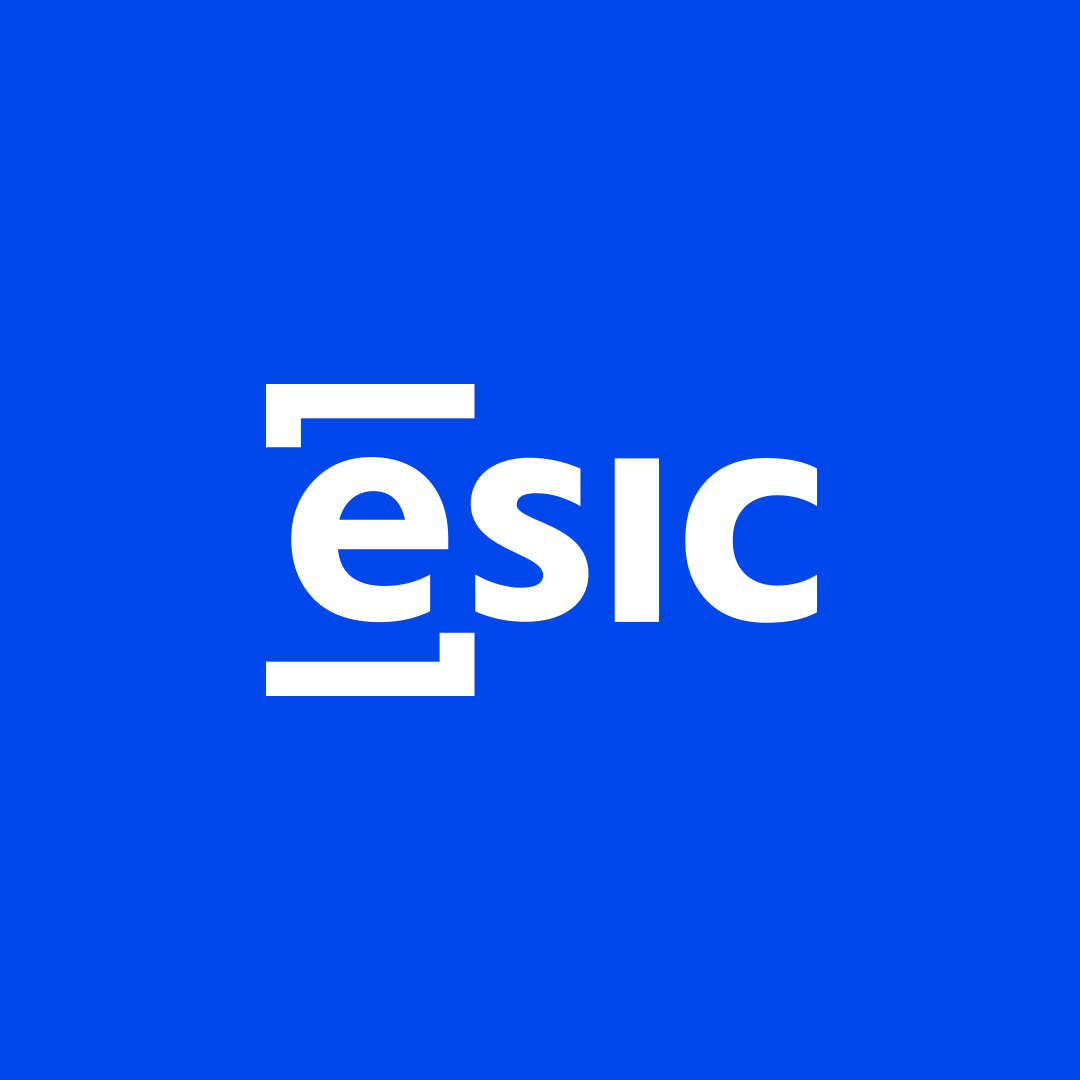
New insights: How to leverage your clickstream data for the adjustment of digital marketing techniques?
Marketing y Comunicación | Artículo-
Visitas2132
- Abril 2021
- Fecha de publicación
- Abril 2021
- Marketing y Comunicación
- Artículo
Our current research on the optimization of the digital marketing budget and competition effects in the adjustment of digital inbound marketing techniques, developed within our research lab CICDMT, reveals some interesting results for data-driven marketing management which we want to share with you. References: Erdmann, A., & Ponzoa, J.M. (2021). Digital inbound marketing: Measuring the economic performance of grocery e-commerce in Europe and the USA. Technological Forecasting and Social Change, 162.; Ponzoa, J. M., & Erdmann, A. (2021). E-Commerce Customer Attraction: Digital Marketing Techniques, Evolution and Dynamics across Firms. Journal of Promotion Management.
Digital Inbound Marketing (DIM) techniques, as ever-increasing part in multichannel marketing activities, have changed consumer attraction, the cost structure of marketing as well as marketing interactions across firms. However, actionable knowledge is still sparse, especially respective analytical guidance for the investment in the available DIM techniques and the interaction with competitors. In this context, we make use of web analytics software to gather data on website traffic and estimated cost per click for leading grocery e-commerce in Europe and the USA (a business format and industry which since the Covid-19 pandemic has become especially attractive), which are analysed in the framework of analytical decision models from industrial organization and time series analysis. Some of the results and insights for management, built on evidence-based practice by market leaders, are summarized in the following.
First, we have developed a DIM-efficiency measure (based on web analytics data), which accounts for the trade-off between marketing spending on SEO and SEM, and allows for a comparative description across firms and countries. In particular, the data suggest that brick-and-mortar firms (online and offline retail shops) have room to improve on the proposed new KPI while the leading pure online players show a high DIM-efficiency (especially in the UK and the USA). This evidence suggests that firms born on the internet conduct a marginal analysis when readjusting the investment in SEO and SEM and generate a competitive advantage through DIM-efficiency.
Second, we find that national market leaders hold in general a cost advantage in SEO (in terms of average costs per visit) as well as in revenues per visit compared to new pure players in the grocery market online. Amazon in turn shows higher but more efficient costs of website visits with slowly increasing revenues per visit, which is interpreted as a result of the dependence of average and marginal costs as well as revenues on the total number of website visits and the continuous search of the firm for optimization and pushing clients towards more advanced stages. This pattern may serve as reference for firms with lower level of digital development or entering a new online market.
Third, the monitoring of these different results of firm’s own performance and competitors’ digital marketing performance as well as observed differences in the composition and relative importance of marketing techniques used by each firm, naturally implies intended or unintended interactions of digital marketing channels across firms. Focusing on SEO, which implies the largest traffic share for European e-commerce, on the one and, we find evidence of positive spillover effects or imitation of the generated SEO traffic of the market leading firms in UK and France. On the other hand, an increasing SEO traffic for Amazon goes along with negative effects on some retailers, implying business stealing through more SEO effort by Amazon. Hence, tracking competitor’s digital marketing outcomes becomes crucial to adjust the firm’s own DIM strategy.
These results emphasize the opportunity to leverage the large amount of clickstream data accessible throuh professional tools for monitorization of digital marketing outcomes (e.g. SEMrush, SimilarWeb), together with databases on sales volume (e.g. LZRetailytics, Statista, EcommerceDB), through the application of analytical economic models of decision making and econometric analysis, and promote digital agility in online marketing.
Our idea is to continue the research on the effectiveness and efficiency of marketing techniques for attracting consumers to e-commerce and marketplaces. As well as conversion techniques in terms of leads generation and sales in the competitive internet environment and offer companies insight into the state of the art and how to research, monitor, plan and manage their online marketing efforts.
- JOSÉ M. PONZOA PhD in Marketing, Fellow of HEA, Certified university professor by the Spanish Academic Authorities. Specialist in relationship marketing, author of the first original Spanish-language book covering this field (published by Pearson). He has published several articles on loyalty and interactive communication and is the principal of the research group ESIC-GIMED, investigating the current function of marketing within the digital economy at ESIC Business & Marketing School. Professional experience in companies (Santander Group, Carrefour Group) of more than 20 years, advising and implementing interactive communication channels as part of companies’ relationship strategy.
- ANETT ERDMANN PhD in Economics, Master in Economic Analysis. Senior Lecturer and Director of the Bachelor's Degree in Marketing at ESIC Business & Marketing School. Researcher specialized in strategic firm behaviour, concretely positioning and pricing within the digital economic environment. German nationality with more than 10 years international experience in academic Institutions in Spain and Chile and professional experience in companies.
También te puede interesar

Agenda 2030: qué es y para qué sirve
En el mundo profesional y empresarial actual, entender la Agenda 2030 se ha convertido en una necesidad estratégica. Este plan de acción global fue oficialmente adoptado el 25 de septiembre de 2015 ...
- Publicado por _ESIC Business & Marketing School

¿Qué es el software de código abierto?
El software de código abierto ha revolucionado el mundo tecnológico y cuenta con una comunidad que actualmente incluye a más de 83 millones de desarrolladores en GitHub y más de 20 millones de r...
- Publicado por _ESIC Business & Marketing School

¿Qué es la resiliencia climática?
El planeta se enfrenta a una realidad innegable: la temperatura media ha subido 1,1 °C desde la era preindustrial. Este aumento desencadena fenómenos meteorológicos extremos que ponen en peligro nu...
- Publicado por _ESIC Business & Marketing School

